#mescucr
Photo

Today, the LA City Council voted to replace Columbus Day with Indigenous People’s Day. This is a first step towards expressing an apology for Indigenous communities in California who have faced underrepresentation and discrimination for so long. In these times of disunity and conflict in the U.S, it is crucial that we recognize the reality of the nation’s history and the brutality, injustice, and racism that make up its darkest portions, and to acknowledge that these crimes make certain historical figures and events unworthy and undeserving of celebration. Instead, we should celebrate and lift up those who have been let down and cast aside for centuries.
#indigenouspeoplesday#indigenous#columbus day#culture#opinion#LA city council#mescucr#ucriverside#solidarity
352 notes
·
View notes
Text
We have some exciting new events set up for you next week! Elections are coming up soon, and we have some extremely knowledge speakers available to help you through the voting process!
Let's get to voting!@cairGLA@UCLALabor#UCRiverside #cairgla #CAIR #UCLALabor #MESCUCR pic.twitter.com/mAFaWfhgYI
— MESC at UCR (@mescucr) October 26, 2020
from Twitter https://twitter.com/nichi_yes
0 notes
Video
Here’s a vlog/recap of our memorable Big Bear Leadership Retreat earlier this month captured and edited by our amazingly talented student, Sana Moumne! Make sure to check out the rest of her videos on youtube!!
3 notes
·
View notes
Text
Student Spotlight: George Elias!
“If I would describe myself in one word it would be ‘contradiction’. I am a Neuroscience major who does filmmaking and photography to pay for school which is the reverse of what you would think. I guess you could say that around 2010-2011, I got very interested in photography and realized that I can take pictures and make money doing it. I remember taking pictures and selling them for 50 cents at school. I have always been creative and scientific at the same time. I come from a very musical family. My dad plays the Oud and tabla, my brother plays the piano, my sister plays the violin, I play the guitar and some piano as well so I always had that as a form of art growing up. My mom is also a professional seamstress so I grew up with art and seeing my mom’s studio and my dad’s music. I’m a self taught photographer. Being self taught is not as easy and glamorous as people think it is.In high school, I forced myself to put more practice and time into the craft, and once you’ve shot so many photos, you learn what looks good and what can look better.”
George Elias is a second year neuroscience major at UCR who has accomplished so much during his time at UCR both on and off campus. He is very dedicated to his photography and other interests especially pertaining to middle eastern culture, music, and art. We are so thankful to have such passionate and driven students like him to inspire us daily.
Here are some of George’s photographs.



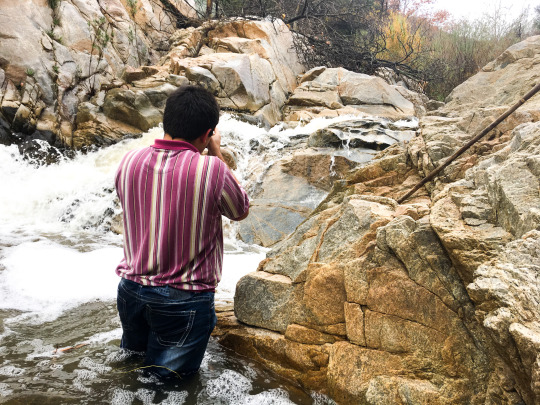
#photography#nature#culture#middle eastern#art#music#student#spotlight#ucriverside#neuroscience#mescucr#UCR
2 notes
·
View notes
Photo
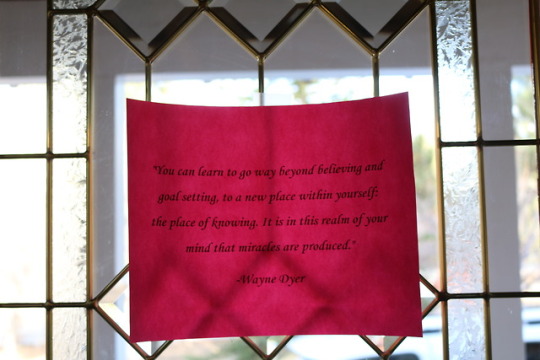

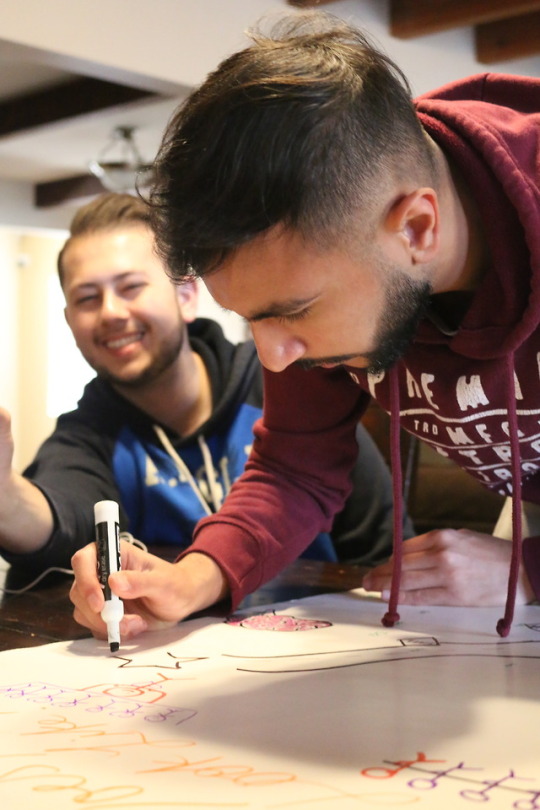


We had an amazing and inspiring leadership retreat at Big Bear this weekend! We love seeing leaders grow and inspire one another!
1 note
·
View note
Text
What is Eid Al-Adha?
Eid al-Adha is the second annual Muslim celebration, the first being Eid Al-fitr which follows the holy month of Ramadan. Eid Al-Adha, which will be starting on Friday September 1st, is a four-day holiday observed by Muslims all around the world that marks the end of the Hajj (pilgrimage to Mecca) and Abraham’s devotion to Allah. The day before Eid al-Adha, known as day of Arafah, is the last day of hajj where worshippers in Mecca perform prayers and rituals near mount Arafat while Muslims everywhere else fast on the same day. Eid Al-Adha translates into ‘the festival of sacrifice’ because it is a time where families that are financially capable pay for an animal (usually sheep) to sacrifice and give out the meat to those in need. Families celebrate Eid by visiting family relatives, gathering with loved ones, sharing food, and performing Eid prayers together.
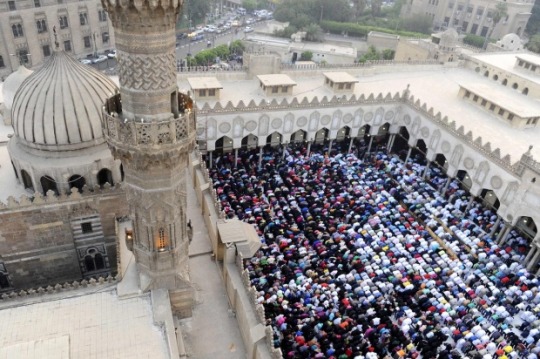
Al Azhar Mosque in Cairo, Egypt
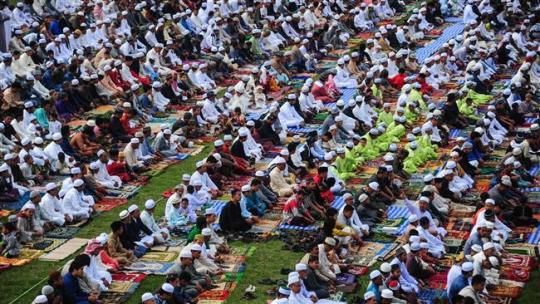
Southern Province of Narathiwat, Thailand
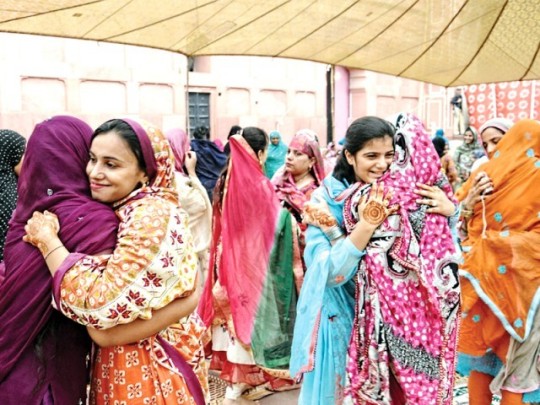
Badshahi Mosque in Lahore, Pakistan

Al Aqsa Mosque in Jerusalem, Palestine
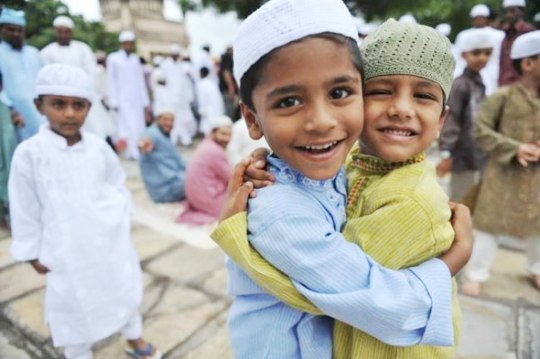
#eid al-adha#muslim#holiday#islam#festival#celebration#prayer#family#worship#culture#tradition#mosque#middle east#mescucr#ucriverside#opinion
119 notes
·
View notes
Video
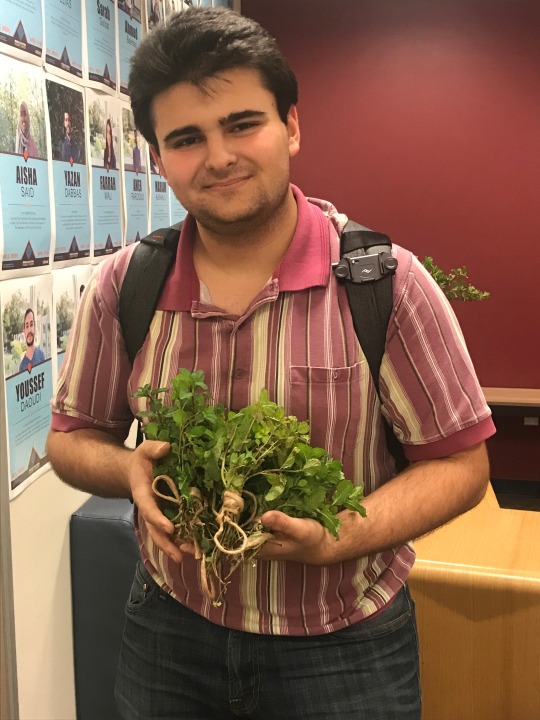
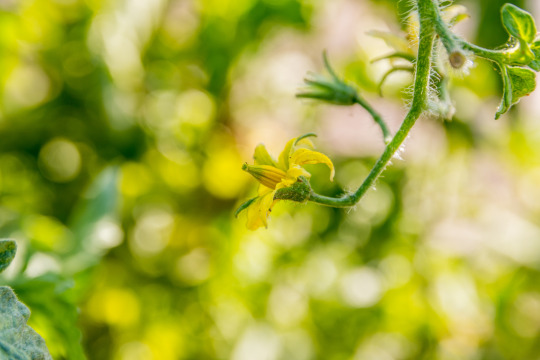


Check out this quick update on the MESC plot at UCR’s R’Garden from George Elias, who has been looking after and maintaining the plot this entire quarter! Thank you George for putting so much dedication and hard work into the things you enjoy and care about! We are so happy to see that our students were able to harvest food from this plot and we’re looking forward to seeing it grow even more over the years!!
2 notes
·
View notes
Text
Word Wednesday!
Kuffeyeh (Arabic)
A Kuffeyeh is a common traditional Middle Eastern Headdress worn around the neck or over the head in many Arab countries. It is usually made of cotton and was originally worn specifically by farmers to protect the face and neck from dust and high heat from the sun. It is also a Palestinian National symbol and is a symbol of national pride in several Middle Eastern countries. It is also called a “hatta” , “shmagh”” and several other terms as well.
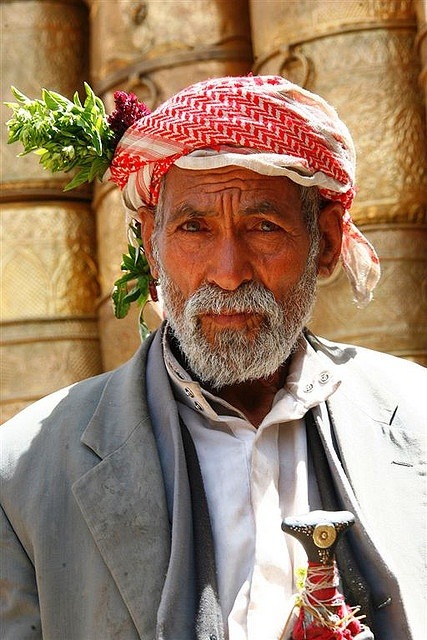
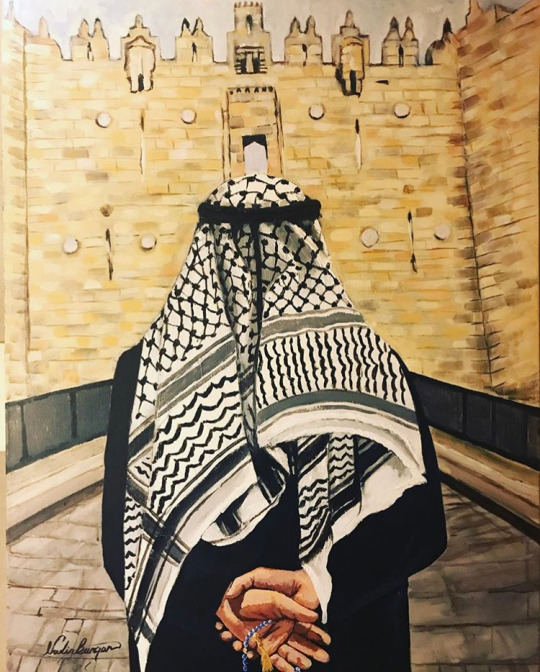
#middle east#middle eastern#arab#palestinian#culture#arabic#word wednesday#language#mescucr#ucriverside
6 notes
·
View notes
Video
youtube
Happy Holidays from MESC's Little Helpers! We had so much fun giving back to students during finals week!!
1 note
·
View note
Photo
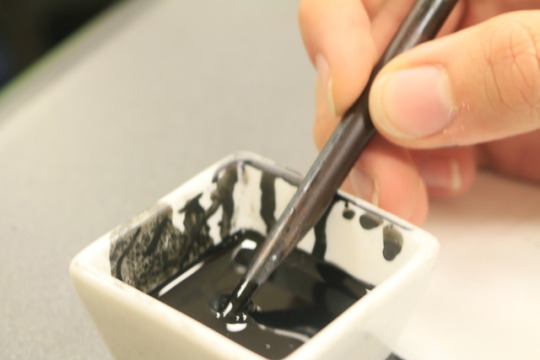



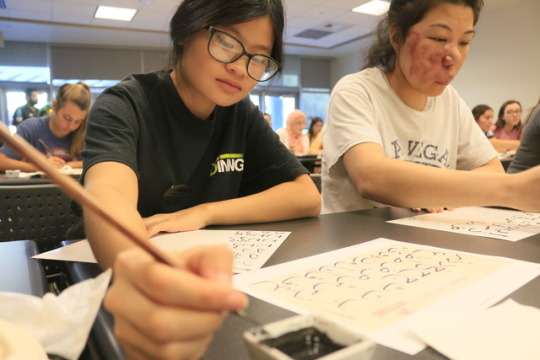
Arabic calligraphy is the artistic practice of handwriting and calligraphy based on the alphabet. It is known in Arabic as khatt ( خط), derived from the word 'line', 'design', or 'construction'.Kufic is the oldest form of the Arabic script. Today, other modern forms of Calligraphy exist and are created with a more artistic technique
4 notes
·
View notes
Photo
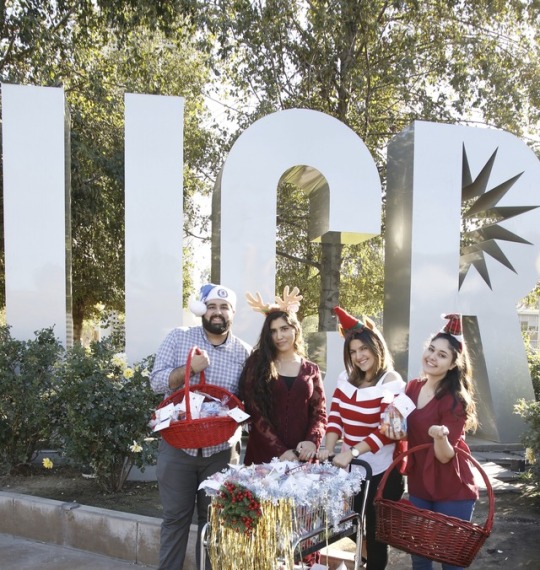
Happy Holidays from the Middle Eastern Student Center at UCR!!
1 note
·
View note
Photo
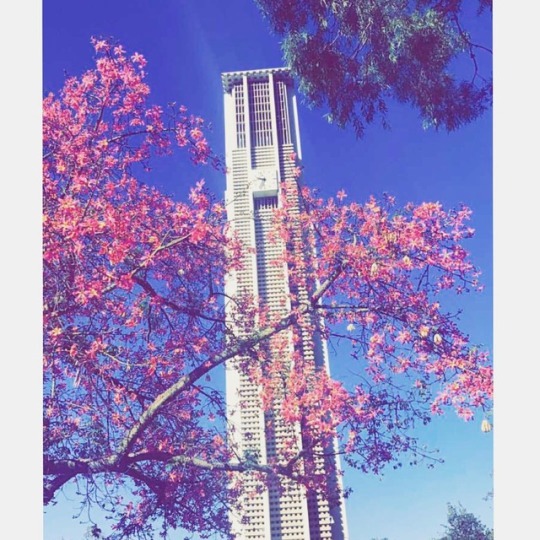
Happy Monday Highlanders! Remember that you can handle whatever this week throws at you! Don’t forget to stay awesome! #motivationmonday #mescucr #ucriverside (at University of California, Riverside)
2 notes
·
View notes
Photo
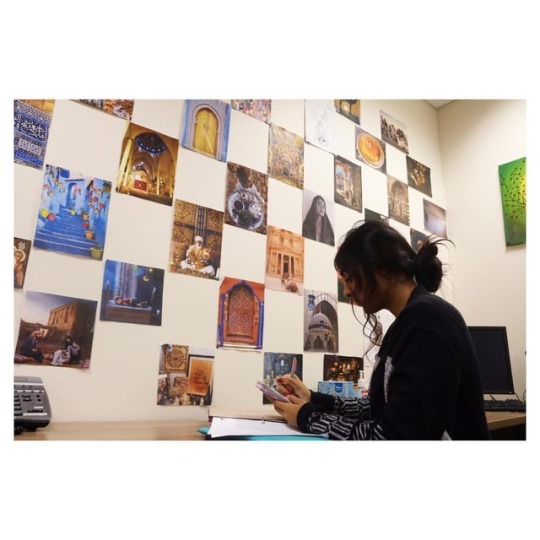
Happy Monday of week 10! You’re almost done! Don’t forget that it always seems impossible until it’s done📝 #mescucr #ucriverside (at University of California, Riverside)
1 note
·
View note
Text
Education:The Sociopolitical Atmosphere
Sally Mahmoud
Starting as a quarterback his freshman year of college, as the first to rush 181 yards and pass for more than 10,000 yards and after landing multiple winning touchdowns for the 49ers, Collin Kaepernick let the world know how talented he is and how passionate he is about playing football. An action of his on the football field has led the media and several NFL officials to place him under a different, more political lense and scrutiny. Kaepernick protested against systematic institutional oppression of minorities. Protesting is a form of speech that is protected under the Constitution’s First Amendment. Kaepernick’s gesture sparked much debate from the ideological left and right and gained an enormous amount of negative criticism and backlash. The current president of the United States, himself, won the 2016 election by furthering that same institutional oppression by slandering, stereotyping, and dangerously offending minorities of color. Speech in its different forms, be it expressing one’s opinions on social media or on the field, has been a hot topic in the United States. But why has negative speech of those such as Donald J. Trump, most Fox News anchors and public figures such as Katie Hopkins, Ann Coulter and Milo Yiannopoulos been normalized, funded, and supported? Any publicity they make is at the expense of marginalized groups who lack average privileges, and media coverage, which increases the social injustice gaps.
The recent election and news cycles have led to a political spillage, making those who were not necessarily active or involved with politics understand how political decisions take effect in our daily lives. In light of the tensions yielded from discourses about the most recent election and First Amendment discussions, institutions that set societal standards and norms, such as higher education institutions, should be geared towards limiting hate speech alongside encouraging speech from marginalized groups. One’s voice can go a long way and a well functioning democratic society must encourage equal, tolerant engagement based on speech, at least at the educational level. Allowing hate speech on college campus grounds increases violence and disrupts what is an educational and united community that results in emotional exhaustion and fear, and any university should have a code protecting students from such turbulence. There should be an existing atmosphere where the sacristy of academics is respected and where students can maximize their learning experience.
The 49er quarterback Kaepernick refused to stand during the playing of the national anthem before a game as a sign of protest against wrongdoings done against African Americans and other minorities in the United States. He was the second to do so after NBA player, Mohamed Abdul-Rauf, did so and there were many others to follow. From high school football players, to cheerleaders, hockey players and even members of the audience, the sitting down or taking a knee during the playing of the anthem has been deemed a controversial use of platform. Each time, the backlash would be more than harmful to each individual’s life. Kaepernick is still blacklisted and remains unemployed by the NFL. Folks that took a knee or did not stand in a public setting get harassed and attacked for doing so. Meanwhile, the leader of the free world and current world superpower won the Presidential Election on platforms targeting minority communities and promising legislation built on prejudice and its reinforcement in institutions.
When folks protest, they are faced with heavy repercussion, when they do not, they are accused of being lazy and inactive in society. People of color lack representation and are rarely listened to. They are, however, spoken about, scapegoated and unfairly prosecuted often for just existing. To accept, normalize and intertwine hate speech and its preachers within educational premises is offensive to the people it targets and tarnishes the sanctity of education as a whole. It is a duty of each educational institution to not only boycott such figures and ideologies, but also condemn each individual who supports such divisive and problematic mindsets. The pursuit of education should humble a person and enlighten them enough to understand human connection and appreciate, respect and help the lives of others when possible, not the other way around.
1 note
·
View note
Text
Mahmoud Darwish : A Poet of Resistance
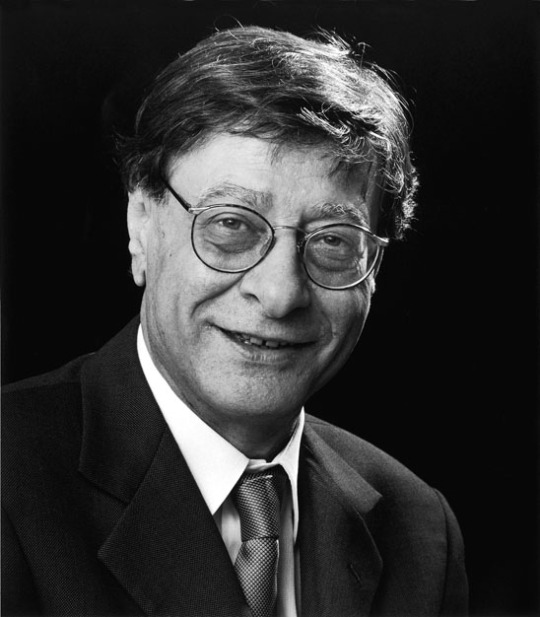
Mahmoud Darwish is a Palestinian Poet who was born in the Palestinian village of Al-Birwa in the Western Galilee, a village that became razed and occupied by Israeli forces in 1948, forcing Darwish and his family to flee to Lebanon. Darwish eventually returned to Haifa (in Palestine) and was allowed to stay in Ramallah as well. He began writing poetry at the age of seventeen and published his first poetry book, “ asafir bila ajniha”or “Wingless Birds” at the age of nineteen in the literary periodical known as Al Jadid. Darwish lived for many years in exile in Beirut and Paris. He is the author of over 30 books of Arabic poetry and eight books of prose, and earned the Lannan Cultural Freedom Prize from the Lannan Foundation, the Lenin Peace Prize, and the Knight of Arts and Belles Lettres Medal from France.
Darwish was known as the Palestinian national poet and a poet of resistance because of how powerful his poetry was in terms of resisting the long-lasting occupation, loss, and exile experienced by the Palestinian people since 1948. His poetry created a new symbol for Palestine, one that reflected a lost homeland and its former sense of peace and freedom. His poetry was free in every way a piece of literature can be free in its truthfulness, honesty, and courage in unveiling and expressing the struggles faced by those who are displaced, exiled, and who long for a home they once had. The anguish of dispossession and exile expressed in his poems made them so well known as a form of Palestinian resistance against all forms of injustice faced by the Palestinian people.
Darwish was imprisoned by the Israeli government in the 1960s for travelling between Palestinian villages and reciting poetry without a permit. He was later on put under house arrest when one of his famous poems, “Identity Card”, was turned into a protest/resistance song.
Carolyn Forché and Runir Akash noted in their introduction to “Unfortunately It Was Paradise” (2003) that “as much as [Darwish] is the voice of the Palestinian Diaspora, he is the voice of the fragmented soul.”
Poet Naomi Shihab Nye described Darwish’s style as “lyrical, imagistic, plaintive, haunting, always passionate, and elegant—and never anything less than free—what he would dream for all his people.”
I Am From There by Mahmoud Darwish
I come from there and I have memories
Born as mortals are, I have a mother
And a house with many windows,
I have brothers, friends,
And a prison cell with a cold window.
Mine is the wave, snatched by sea-gulls,
I have my own view,
And an extra blade of grass.
Mine is the moon at the far edge of the words,
And the bounty of birds,
And the immortal olive tree.
I walked this land before the swords
Turned its living body into a laden table.
I come from there. I render the sky unto her mother
When the sky weeps for her mother.
And I weep to make myself known
To a returning cloud.
I learnt all the words worthy of the court of blood
So that I could break the rule.
I learnt all the words and broke them up
To make a single word: Homeland.
6 notes
·
View notes
Text
Spotlight: Ryan Khoury

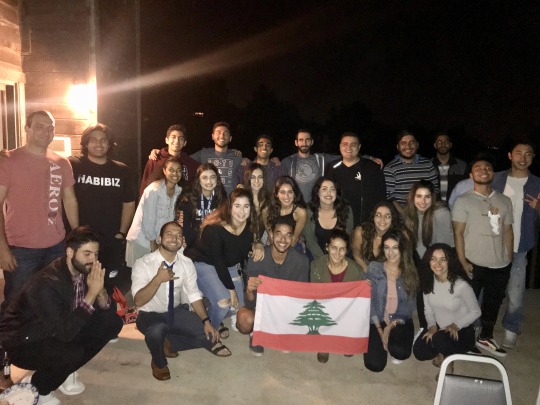
“I joined LSC board to make a change. It was not very active in the previous years and the only people involved were mostly the board members. Other schools like Cal Poly and UCLA had a big LSC and that was a little frustrating that even with the resources provided by MESC, MESA, and ASUCR at UCR, no one was improving the club. I wanted people to get involved in it and have fun with the Lebanese culture and socialize. During last year’s elections, I put the pressure on to show everyone that I am fighting for LSC to make it better this year. I am now the Vice President and along with the president we are doing a great job and I am grateful and happy for my position. We have amazing board members working hard this year and advertising, spreading the world, and reaching out to other people by showing them what LSC is about through our personalities. This lead to our first LSC event, a social at John Tannous’s (Outreach Chair), to be a huge success. We had music and food and everyone got to meet each other and have fun. Even though some people felt out of place at first, we made them feel at home. You do not have to be Lebanese to join, I want to emphasize that it’s a place for everyone to join from every background to meet others and understand our culture. We are nonreligious and nonpolitical which makes it easy for people to relate and socialize despite their differences. We definitely plan on being very active on campus this year, we have big and small events lined up. LSC is a safe place to go to distress and relax.” - Ryan Khoury
#Lebanese social club#LSC#UCR#ucriverside#mescucr#middle eastern#lebanese#arab#culture#spotlight#student#organisation#university
3 notes
·
View notes